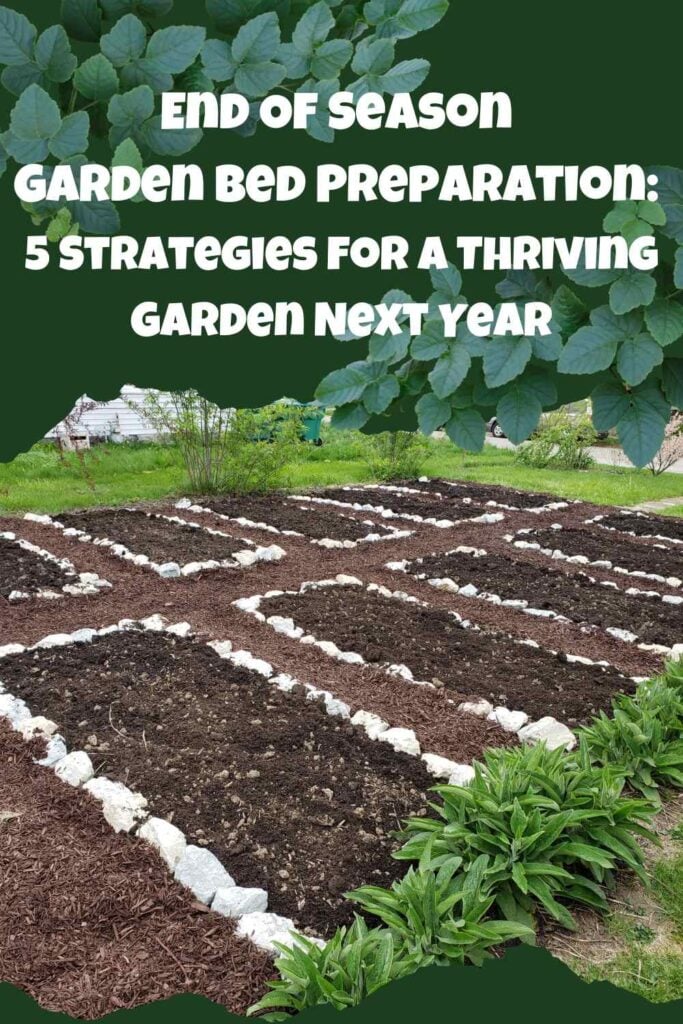Introduction
Preparing your garden soil well ahead of the next growing season is crucial for a healthy and productive garden. Good soil preparation improves nutrient availability, water retention, and root development, setting your plants up for success. Whether you’re a seasoned gardener or a beginner, understanding how to prepare garden soil next year can lead to better yields and stronger plants.
This article covers expert tips on assessing soil health, enriching soil fertility, managing soil structure, and protecting your soil during off-seasons. By following these practical steps, you will optimize your garden soil to support vibrant growth in the coming year.
Why Preparing Garden Soil Early Matters
Preparing garden soil months before planting allows you to address nutrient deficiencies and improve soil texture. Early preparation also helps in breaking down organic matter, balancing soil pH, and controlling weeds.
- Improves nutrient cycling: Compost and amendments have time to integrate fully.
- Enhances soil aeration: Tilling or loosening compacted soil supports root growth.
- Reduces pest and disease risks: Crop rotation and soil treatments can be planned.
How to Assess Your Garden Soil Before Preparation
Conduct a Soil Test
A soil test is the first step in preparing garden soil next year. It provides data on pH levels, nutrient content, and organic matter percentage.
- Collect soil samples from multiple spots in your garden.
- Use a reputable lab or DIY kits for testing.
- Analyze results to guide your amendment choices.
Evaluate Soil Texture and Drainage
Understanding whether your soil is sandy, clayey, or loamy impacts how you improve it.
- Sandy soils drain quickly but hold fewer nutrients.
- Clay soils retain water but may be compacted.
- Loamy soils are ideal but can be enhanced further.
Steps to Prepare Garden Soil Next Year
1. Clear Debris and Remove Weeds
Remove leftover plant material and weeds to reduce disease risk and prevent competition for nutrients.
2. Amend the Soil with Organic Matter
Incorporate well-decomposed compost, aged manure, or leaf mold to increase fertility and improve soil structure.
Benefits:
– Enhances microbial activity
– Improves moisture retention
– Provides slow-release nutrients
3. Adjust Soil pH if Necessary
Most vegetables prefer a pH between 6.0 and 7.0.
- Use lime to raise pH for acidic soils.
- Apply sulfur or peat moss to lower pH for alkaline soils.
4. Till or Loosen the Soil
Break up compacted layers to improve root penetration and aeration. Avoid over-tilling to protect soil structure.
5. Plan Crop Rotation and Cover Cropping
Rotate crops to prevent nutrient depletion and reduce pests. Plant cover crops like clover or rye during the off-season to add organic matter and fix nitrogen.
Protecting Soil Over Winter
Mulching
Cover bare soil with mulch to prevent erosion, suppress weeds, and retain moisture.
Avoid Soil Compaction
Limit foot traffic on wet soil to maintain its structure.
Monitor and Manage Soil Health
Consider adding slow-release fertilizers or natural amendments based on soil test recommendations.
Expert Tips for Successful Soil Preparation
- Start soil amendments at least 2-3 months before planting.
- Use local extension services for soil testing and advice.
- Incorporate diverse organic materials to boost soil biodiversity.
- Avoid chemical overuse which can harm beneficial organisms.
Conclusion
Preparing garden soil for next year is a vital step that influences the entire growing season’s success. By testing your soil, adding organic matter, adjusting pH, and protecting your soil during off-seasons, you create an ideal environment for plants to thrive. Start early, apply expert-recommended practices, and watch your garden flourish with robust growth and bountiful harvests. Take these steps now to enjoy a healthier, more productive garden next year!
